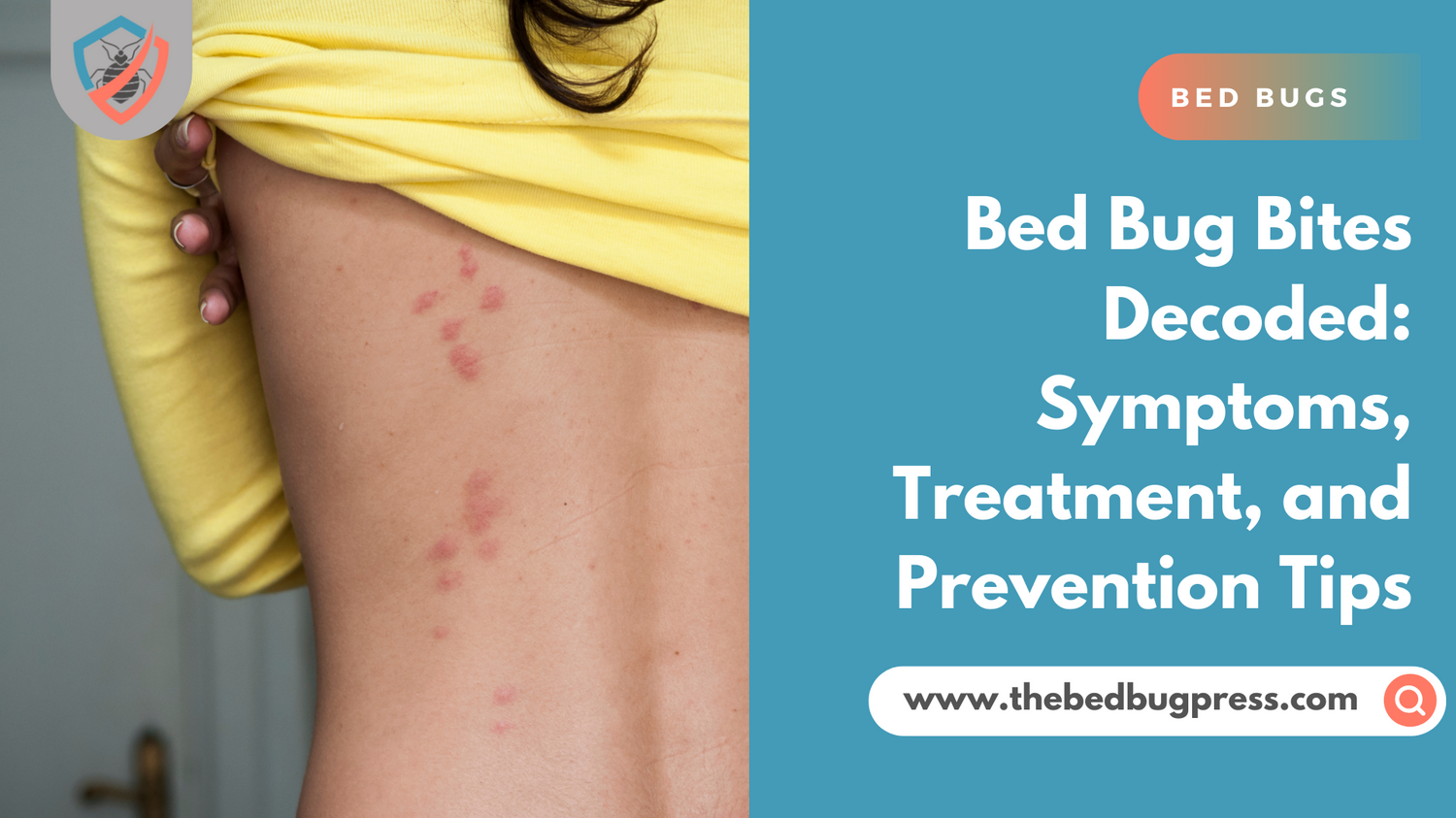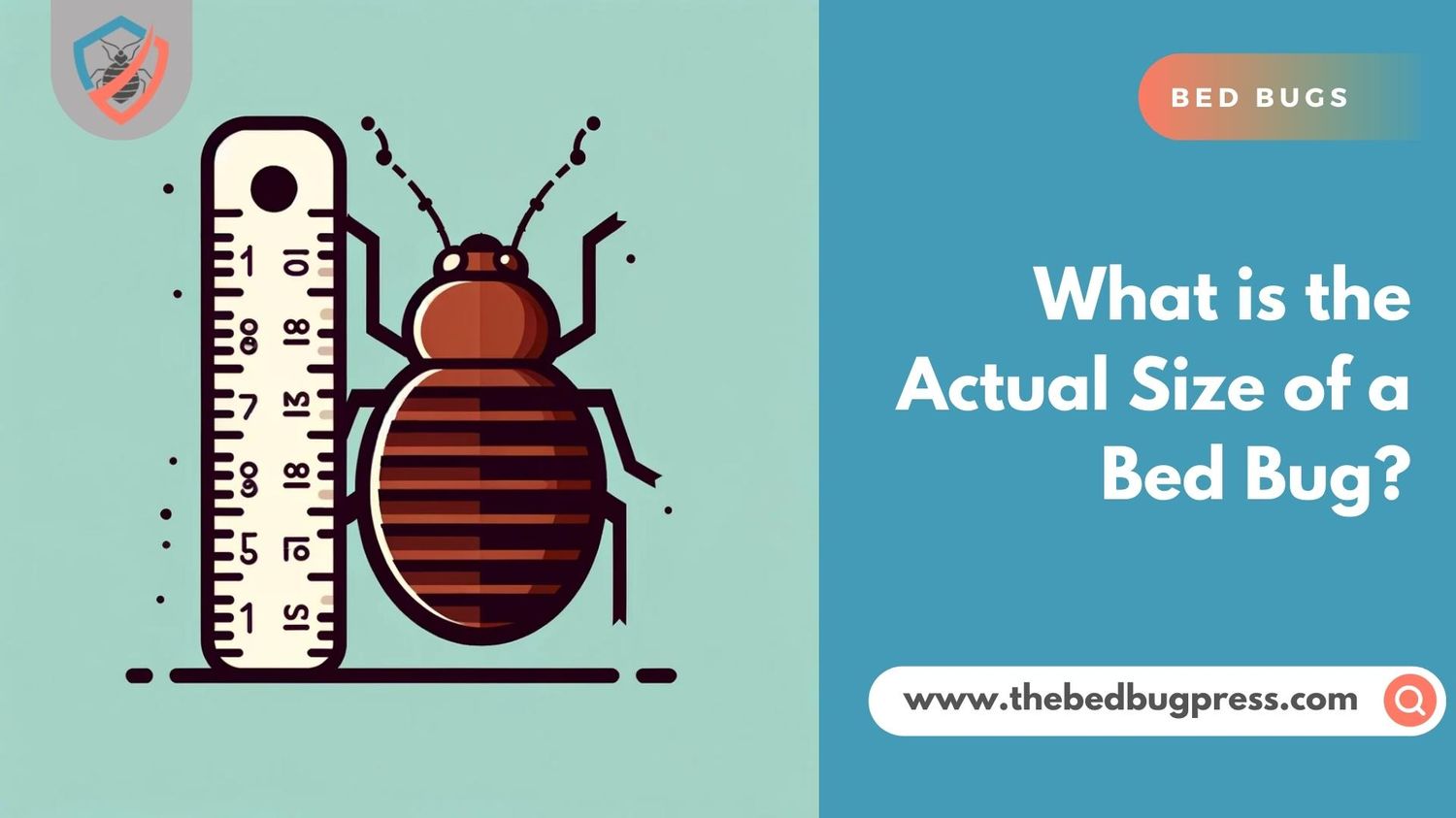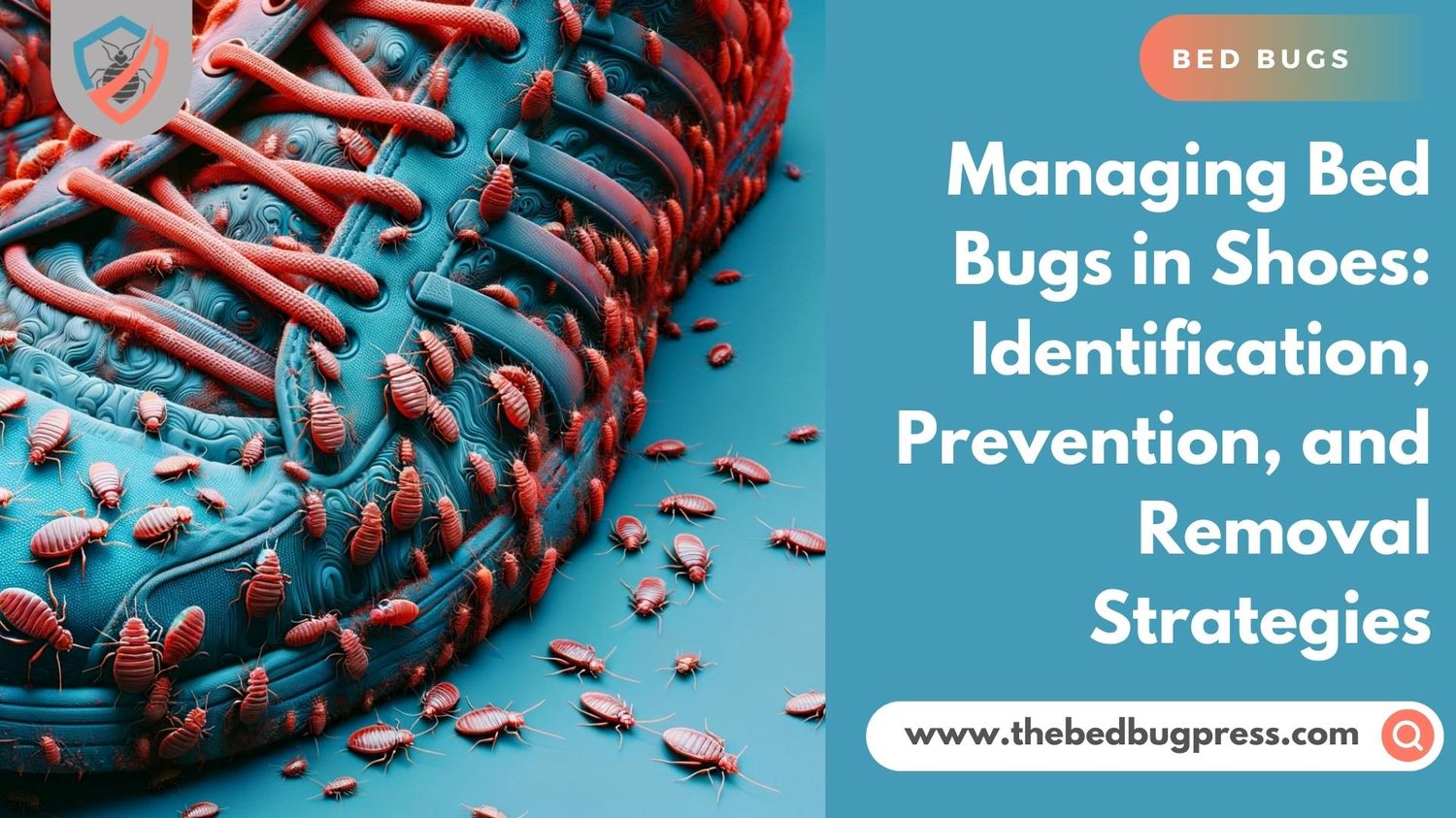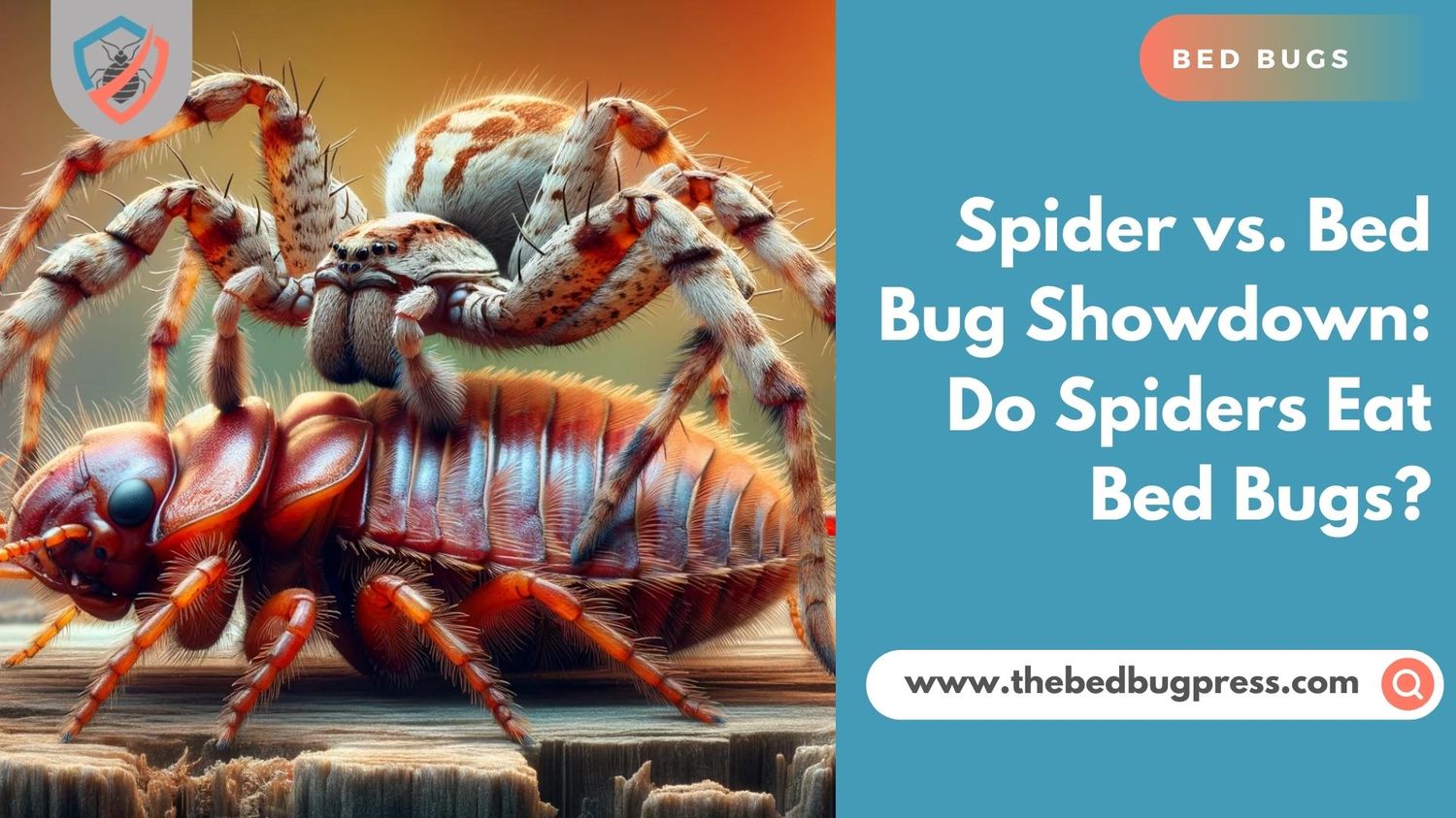Bed bug bites are a common dermatological concern (the study and treatment of skin diseases and disorders) arising from the nocturnal activities of Cimex lectularius, AKA the common bed bug. These bites often present as small, red, and itchy welts on exposed skin surfaces, frequently located on the arms, neck, and face.
While bed bug bites are not known to transmit diseases, they can lead to secondary infections due to scratching and cause significant discomfort. Identifying bed bug bites is imperative for early detection of a bed bug infestation, which is critical for timely and effective eradication efforts.
It is essential to distinguish these bites from other insect bites (i.e., flea bites, spider bites, or mosquito bites) and to be aware of the signs of bed bug presence in living spaces to manage and prevent more extensive bed bug infestations. Professional pest control and appropriate symptomatic treatment are essential for addressing bed bug bite cases’ physical and environmental aspects.
Key Takeaways
- Bed bug bites usually cause itchy welts
- Bites can be mistaken for other skin conditions
- Visual inspection can help identify bed bug bites
- Seek medical treatment for infected bites or severe reactions
How to tell if you have bed bugs
Detecting a bed bug infestation requires keen observation of specific indicators that these nocturnal parasites are present. Common signs include the appearance of small, itchy, red welts on the skin in a line or cluster, often a result of their preference for feeding on exposed skin during sleep.
Further evidence can be found in the form of tiny, dark excrement spots on bedding, molted skins, or bed bugs themselves hiding within mattress seams, box springs, or adjacent furniture cracks and crevices.
Signs of Bed Bug

Bite Marks on Skin
Small, red, itchy bites, often in a line or grouped together, typically on areas of skin exposed while sleeping.
Blood Stains
Small rust-colored or reddish stains on bed sheets, mattresses, or pillowcases, caused by crushed bed bugs or their droppings.
Dark or Black Spots
Tiny black or dark brown spots on bedding, mattresses, or walls, which are bed bug excrement.
Live Bed Bug
Small, brownish, oval-shaped insects, about the size of an apple seed, particularly found in mattress seams, bed frames, headboards, and nearby furniture.
Eggs and Eggshells
Tiny (about 1mm), pale yellow skins or shells found in places where bed bugs hide.
Musty Odor
A strong, unpleasant, musty scent from the bed bugs’ scent glands, noticeable in severe infestations.
Shed Skins
Exoskeletons or molted skins of growing bed bugs in and around their hiding places.
Proactively searching for these signs near sleeping areas is essential for early detection and control.
What do bed bug bites look like




Bed bug bites typically manifest as raised, red welts that often appear in a line or cluster on the skin. These cutaneous lesions may be accompanied by intense itching and tend to occur on exposed areas such as the face, neck, arms, legs, feet and hands during sleep.
Each bite presents a central, punctate hemorrhagic area where the bed bug has withdrawn blood. The pattern of bites—sometimes in a zigzag formation or a tight group—can help distinguish them from other insect bites.
The welts may take days to develop in some individuals, while others may notice immediate reactions. The physical presentation of bites can vary from small, flat or raised bumps to large inflamed swellings, depending on the individual’s sensitivity to the bed bug’s saliva.
How do you get rid of bed bug bites
To effectively manage bedbug bites, it is crucial to minimize exposure to bedbugs. This involves creating a barrier to prevent bedbugs from accessing your bed.
Key strategies include the use of bedbug interceptors and bed bug proof mattress encasements, along with the application of bedbug spray to treat the bed frame. It is essential to position your bed in a way that obstructs bedbugs access routes, such as the length of the bed, bedside tables, or the wall behind the bed.
Positioning your bed centrally in the room and ensuring no contact with walls (at least 18 inches) or furniture is advisable. Additionally, place interceptors under each bed leg to detect and trap bedbugs. Bed bugs bite only if they can reach a blood meal, if they can’t get to you, how can bedbugs bite you?
While sticky traps are an option, they tend to accumulate dust and may inadvertently form a pathway for bedbugs. Thorough cleaning of the entire bed area is also necessary.
For a comprehensive guide on managing bedbug bites, especially at night, refer to our detailed article. Implementing these measures can significantly reduce bedbug bites, allowing for more comfortable and restful sleep, even if bedbugs persist in other areas of your residence.
Do bed bug bites cause a rash

Many individuals who experience bed bug bites develop a rash. This rash is typically characterized by small, flat or raised bumps on the skin that can be red, inflamed, and intensely itchy. Bed bug bites often manifest in a linear or clustered fashion. This is due to the pests’ tendency to feed multiple times in close proximity.
The resultant rash is a hypersensitive reaction to the proteins found in bed bug saliva. These proteins are injected during feeding to prevent blood from coagulating. The immunologic response to these proteins varies among individuals. Some people exhibit pronounced symptoms, while others show minimal to no signs of a reaction.
Diagnosis of a bed bug bite-induced rash involves identifying the unique pattern of the bites. This can be done by correlating it with other signs of infestation, such as the presence of bed bugs or their fecal spots on bedding materials.
Bed bug bites treatment
Upon discovering bed bug bites, immediate treatment should involve thoroughly washing the affected area with soap and water to alleviate itching and prevent infection (although infections rarely happen, it is best for prevention). Its also worth noting that washing and soap is not the only way to treat bed bug bites. Further management includes:

Topical Applications:
- Corticosteroid creams to reduce inflammation and itching.
- Antihistamine creams or oral medications are used to control allergic reactions.
Preventing Infection:
- Use an antiseptic cream or lotion to ward off secondary infections.
- Avoid scratching to minimize the risk of breaking the skin.
A technical approach to treatment emphasizes the importance of reducing the risk of infection and managing symptoms. In cases of severe or persistent reactions, it is advisable to seek professional medical advice.
Additionally, identifying and addressing the source of the bed bug infestation is crucial to prevent future bites.
What do bed bug bites look like to the human eye


Transitioning from treatment to identification, bed bug bites typically present as small, raised, red welts that often appear in a line or cluster on the skin’s surface to the human eye. These lesions are the result of an allergic reaction to the anticoagulant in the bed bug’s saliva, which is introduced during the feeding process.
The bites are usually arranged in a zigzag formation or grouped together in a tight area, predominantly exposed during sleep, such as the face, neck, arms, and hands. Each bite may develop a centralized, darker red spot where the bed bug has punctured the epidermis.
Due to variations in individual immune responses, the degree of swelling and redness can differ from person to person.
Pictures of bed bugs bites




The accompanying images showcase a variety of bedbug bite manifestations. You will observe that some bites appear in clusters while others are isolated. The intensity of redness in these bites can vary.
We encourage you to examine these photographs and compare them to your bites, or if assisting someone else, compare them to their bites.
It is noteworthy that medical professionals may not always accurately identify bedbug bites, as they resemble other skin irritations or bites.
Therefore, visual recognition of bedbug bites at home can be valuable. By reviewing these images, you can better understand your situation and make more informed decisions regarding potential bedbug infestations.
Where do bed bugs usually bite
Bedbug bites can occur on any part of the body where they can access blood, as they do not exhibit a specific preference for any particular area. Common bite locations, as observed in the provided images, include the neck, feet, legs, and face, but bedbugs can potentially bite any exposed skin. When dealing with bedbugs, wearing clothing that covers more skin, such as long pants and shirts, may help reduce the number of bites. However, it is important to note that bedbug bites do not occur in a predictable pattern.
Bedbugs can bite on various parts of the body, including but not limited to:
- Neck
- Face
- Arms
- Hands
- Legs
- Feet
- Back
- Abdomen
- Shoulders
The location of bedbug bites can sometimes offer clues about the source of an infestation. For instance, bites on the legs might indicate that bedbugs are nesting near the lower part of the bed, prompting a more thorough inspection of that area, including the lower part of the mattress. Conversely, bites on the upper body, such as the face or neck, could suggest that bedbugs are present near the headboard or the upper part of the bed. Inspecting these areas, including the mattress and nearby furniture, can be instrumental in identifying and addressing bedbug infestations.
Frequently Asked Questions
Can Bed Bug Bites Transmit Diseases to Humans?
Current research indicates that bed bug bites do not transmit diseases to humans. These pests are primarily a nuisance due to their itchy bites and potential for causing psychological distress.
How Long After Being Bitten Will the Bed Bug Bites Become Visible on the Skin?
The visibility of insect bites on the skin can vary, but typically they appear within a few hours to two days post-exposure. The timeframe is influenced by the individual’s sensitivity and immune response.
Are There Any Home Remedies to Deter Bed Bugs From Biting During Sleep?
To deter nocturnal insect bites, consider using essential oils like lavender or tea tree oil on bedding, maintaining cleanliness, and enclosing mattresses with protective covers to create a less inviting environment for pests.
Can Certain Blood Types or Body Chemistries Attract Bed Bugs More Than Others?
There is no scientific evidence suggesting that certain blood types or body chemistries make individuals more susceptible to bed bug attraction or bites than others. Attraction is not blood-type specific.
Is It Possible for Bed Bugs to Bite Through Clothing, or Do They Only Target Exposed Skin?
Bed bugs typically target exposed skin but can bite through thin, loose-fitting clothing. Tighter, thicker fabrics may offer more protection against such bites. It’s advisable to minimize exposed skin during infestations.
Conclusion
In conclusion, identifying and treating bed bug bites are critical components in mitigating infestations. Recognizing the distinct appearance of bites and signs of infestation prompts effective interventions.
Employing professional pest control, coupled with strategic home remedies, facilitates the eradication of bed bugs and alleviates symptoms. Vigilance in detection and prompt action are paramount to controlling these pervasive pests’ spread and impact on human well-being.





